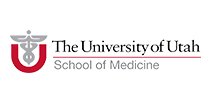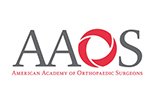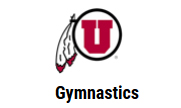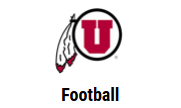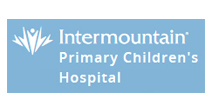Growth Plate Fracture
- Preparing for your Clinic Visit
- Preparing for your Surgery Day
- Procedures
- What to Expect After Surgery
- Follow Up Appointments
- Support Numbers
Growth plates are areas of soft, cartilaginous tissues present at the end of long bones in growing children. These cartilage tissues or soft bones later harden to become solid bones in adulthood. A fracture of these bones is termed a growth plate fracture. This type of fracture is most often caused from a fall or severe blow to the limb during sports activities such as football, basketball and gymnastics or from vehicular accidents.
Growth plate fracture may show symptoms such as:
- Difficulty in moving your limb in the affected area
- Pain and tenderness of the affected bone
- Difficulty in carrying heavy weight or putting pressure on the affected limb
- Swelling and warmth near the joint
Your doctor can diagnose growth plate fractures with the help of imaging tests such as X-rays, CT scan and MRI. He/she may order images of both the limbs for a comparison between the normal and the injured limb.
Treatment for growth plate fractures depends on the severity of the fracture. Mild fractures can be treated with the help of immobilization with a cast. If the fracture is severe and has affected the underlying bone, surgery may be required to realign the bone.










